Importance of Vapour Control Layers in Walls

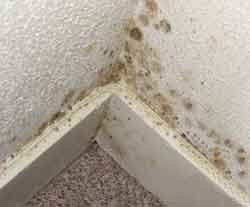
Which Vapour Barrier to Use
Moisture and condensation forming on the inner side of the wall or within wall structure can be very problematic and cause serious damage if not dealt in due time. This is why it is very important to consider all the potential weak points, especially where there is an increased risk of condensation and undertake proper measures in order of ensuring that the problem will be if not prevented, then at least minimized. This is also important when installing insulation, since unlike some insulation materials contain moisture control layer (in one form or the other), some materials are not protected from moisture and water vapour and require additional protection. Otherwise, with internall wall insulation, you are in risk that the material will absorb water and in time release it onto the wall structure and cause damp issues which can be very hard and expensive to take care of. This is you need to understand the importance of vapour control layer in walls.
Water Vapour Issues
Namely, water vapour and moisture issues should be not only dealt with when they appear but they should also be addresses during construction. This means that the entire building construction needs to have some moisture control mechanisms integrated in order of minimizing the risk of damp and condensation appearing over time. Basically, each building can accumulate only a limited amount of water, coming from both outside and inside a building, so when this limit is exceeded it shall start to release the excessive amounts of water when moisture and damp problems will appear. This is why the building assembly needs to be properly protected by successfully combining three different approaches in controlling moisture entry, moisture accumulation and moisture release.
Simply put, condensation appears when warmer air travels and reaches colder surfaces within the building assembly, causing it to condensate and creates water vapour. This means that, in order of preventing condensation, you need to limit the water passage through the assembly (to keep the water out and let it escape if it gets through) by means of proper water vapour control layer. Although it may sound simple, in practise there are many issues that make everything just a little more complicated. Firstly, some materials, although good in preventing the moisture to reach the inner surface of the wall will also trap the water within and allow the building assembly to get wet in due time. Another factor that can also make the situation more complicated is the climate region the building is located in, since different climates require different means of water vapour control and different methods of installation. The same goes for different seasons (whether it is winter or summer). The rule of thumb is that building assemblies should be allowed to dry to the outside in colder climates, to the inside in warmer ones and to both sides in mixed and moderate climates. However, please bear in mind that in order of achieving optimal results, you need to consider all factors connected to the specific building and plan water vapour control accordingly.
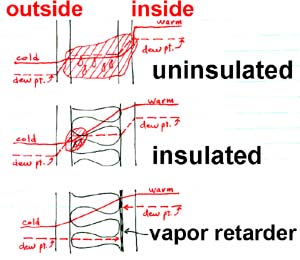
Finally, all building construction parts> including installed insulation, have some water permeability characteristics (measured in perms), which define how much water will they just let through and/or store within its structure. Thus, you can differ vapour impermeable materials (less than or equal to 0,1 perm), vapour semi-impermeable materials (less than or equal to 1 perm) and vapour semi-permeable materials (greater than 1 perm). For example, some construction materials such as vinyl or wood siding are considered water permeable, OSB or plywood sheating are considered as semi-permeable while XPS without facing is considered to be vapour semi-impermeable and XPS with foil facing vapour impermeable.
Which Vapour Control Layer You Can Use in Walls
When choosing the best vapour control layer for your walls, always consider the insulation installed, since these barriers are usually integrated into the insulation material surface or are best combined with some insulation products that are not faced with such barriers. Also, please note that apart from adding such a layer, you can also use some other, alternative means of controlling water movement within the structure which can be successfully combined with insulation and water vapour barrier installed. For example, you can seal all the joints properly, avoid pebetrations and discontinuities in insulation and building envelope or seal them if they are necessary in order of providing an airtight construction.
One option you can choose refers to the situation when foil-faced insulation is not or cannot be used. In these cases, you can add a Airguard Control sheet to the inner side of the insulation material. Another option, which is not as efficient, but is very commonly used is foil-backed plasterboard, which however will not contribute much to the insulation of your walls
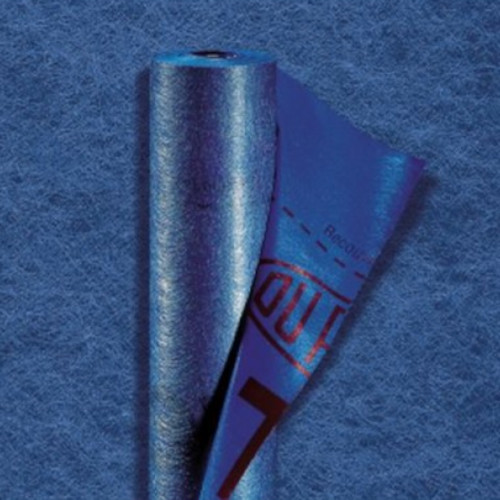
Probably the most effective solutions are insulation materials that have integrated water vapour control layer, which means that they will also insulate and protect your walls from excessive moisture. One example is foil-faced insulation which usually includes a rigid thermose core with foil facings on both sides of the board. Here, it is important to properly connect the boards and seal all potential gaps between them by using adequate foil tape instead of using ordinary duct tape. Finally, the most efficient water vapour control and insulation products are composite materials that have an integral moisture control layer, such as Kingspan K17 phenolic insulation with plasterboard or Kingspan K18 insulated plasterboard.
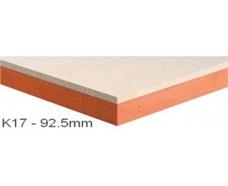
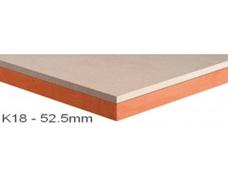
Insulation Shop offers affordable DuPont vapour control rolls and insulated plasterboards with integrated vapour control layers. Send your quote enquiries to info@insulationshop.co or take advantage of our quantity discounts and order directly from our insulation online shop.











































































































